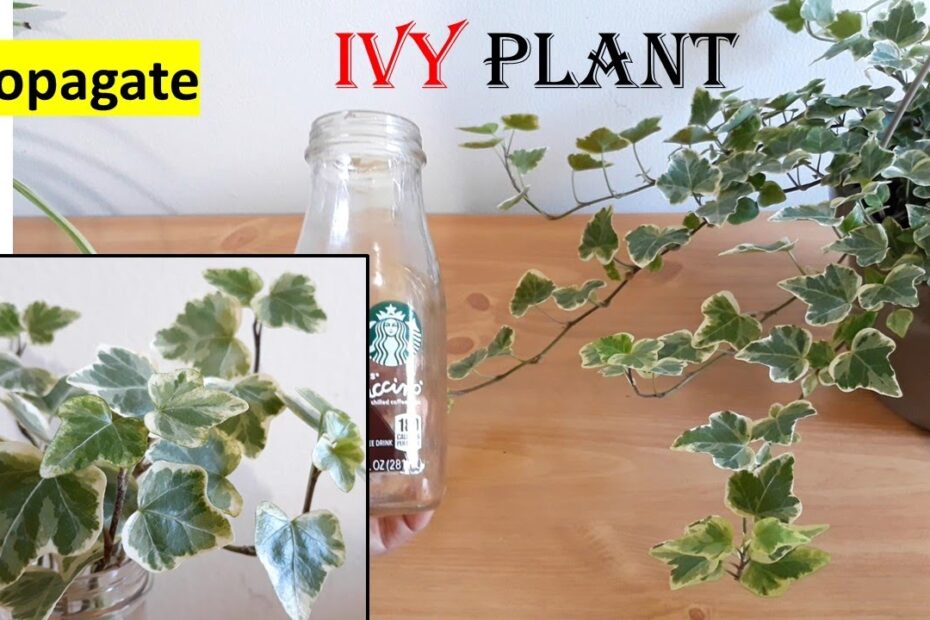Step-by-Step Guide: How To Propagate Ivy Plant Successfully
Step 1: Choose the Right Stem Cuttings
To propagate ivy, start by selecting healthy stems from the parent plant. Look for stems that are 4-6 inches long and have at least 2-3 leaf nodes. These nodes are crucial as they are where new roots will develop. Use clean, sharp scissors or pruning shears to make a clean cut just below a node.
Step 2: Prepare the Cuttings for Rooting
Once you have your cuttings, remove the leaves from the bottom half of the stem, leaving the top leaves intact. This prevents excess moisture loss and encourages root growth. If desired, dip the cut end in rooting hormone to speed up the rooting process, though this is optional.
Step 3: Plant the Cuttings in Soil or Water
You can propagate ivy in either water or soil. For water propagation, place the cuttings in a jar filled with water, ensuring the nodes are submerged. Change the water every few days to keep it fresh. For soil propagation, plant the cuttings in a well-draining potting mix, burying the nodes. Keep the soil consistently moist but not waterlogged.
Step 4: Provide Optimal Growing Conditions
Place the cuttings in a location with bright, indirect light and maintain a warm environment. Avoid direct sunlight, as it can scorch the delicate cuttings. If propagating in soil, cover the pot with a plastic bag to create a humid environment, which helps retain moisture. Check regularly for root development, which typically takes 2-4 weeks.
Common Mistakes to Avoid When Propagating Ivy Plants
When propagating ivy plants, one of the most common mistakes is overwatering the cuttings. Ivy prefers well-draining soil, and excessive moisture can lead to root rot, which can kill the young plants. Ensure the soil is moist but not waterlogged, and allow the top layer to dry slightly between waterings. Proper drainage is key to successful propagation.
Using Unhealthy or Diseased Cuttings
Another mistake is selecting unhealthy or diseased cuttings for propagation. Always choose stems that are green, robust, and free from pests or signs of disease. Using weak or infected cuttings can result in poor growth or the spread of issues to other plants. Inspect the parent plant carefully before taking cuttings.
Neglecting Light and Temperature Conditions
Ivy cuttings require indirect light and stable temperatures to thrive. Placing them in direct sunlight can scorch the delicate leaves, while too little light can stunt growth. Additionally, extreme temperature fluctuations can stress the cuttings. Aim for a warm, consistent environment with bright, filtered light to encourage healthy root development.
Failing to Monitor Humidity Levels
Ivy propagation often requires higher humidity levels to prevent the cuttings from drying out. Neglecting to maintain adequate humidity can cause the leaves to wilt or the stems to fail to root. Consider covering the cuttings with a plastic bag or using a humidity tray to create a more favorable environment during the early stages of growth.
